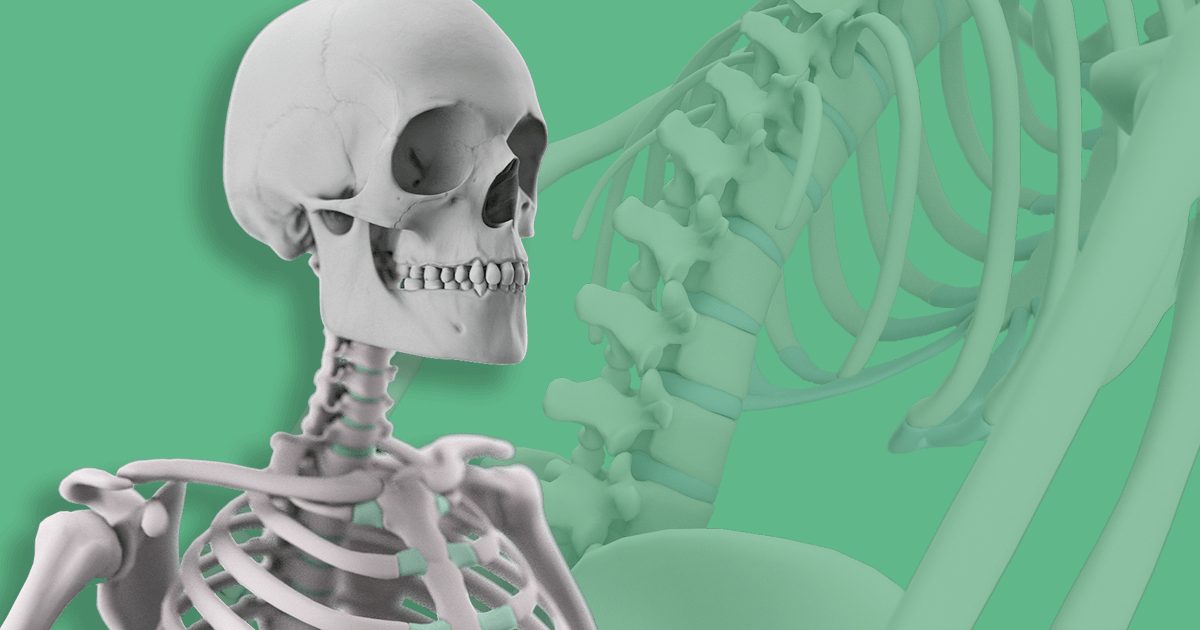Romeo and Juliet: Why we need to celebrate its minor characters
The study of Shakespeare is a long-standing tradition in literary education, and most of us leave high school well-versed in the Bard’s themes and characters. Whether it’s “To be or not to be?” that causes us to question the very point of our existence, or the quick-witted Bottom that introduces us to the risqué humour of innuendo, Shakespeare often leaves a marked impact on our understanding of language and meaning itself.
As educators, one of our greatest challenges is teaching such canonical material in new and exciting ways.
Romeo and Juliet is, perhaps, Shakespeare’s most celebrated play. Its universal themes of love, tragedy and sacrifice speak to both young and old; its titular characters remaining the quintessence of forbidden romance, centuries after they were first penned.
As educators, one of our greatest challenges is teaching such canonical material in new and exciting ways. We at ClickView are creating new content to this end; providing teachers with fresh ways to engage today’s students.

ClickView’s This Is Shakespeare is a four part series that provides insight into the themes, dramatic techniques and characters that come to life in popular Shakespearean works. It approaches the complexity of Romeo and Juliet in a novel manner.
In Romeo and Juliet – Minor Characters, Tybalt, Juliet’s nurse and Friar Laurence are placed on centre stage. The programme’s analysis of Romeo and Juliet moves beyond the much discussed relationship of the play’s protagonists, to reveal how the Bard uses theatre to contend with Renaissance perspectives on gender, family, and doubt. The prejudices and values that were held by Shakespeare and his contemporaries are unpacked in an engaging parody of the amateur theatre scene.
Love, of course, is a salient point of deliberation, but duality and fate also feature heavily in how the play unfolds.
Romeo and Juliet: Minor Characters – The Nurse
As our video illustrates, the Nurse juxtaposes the ideal of youth and femininity portrayed by Juliet. The character voices the objections of the spurned woman: an archetype used commonly in Renaissance depictions of femininity. In doing so, Shakespeare problematises the adoption of either extreme; Juliet’s naivety and the Nurse’s disillusionment ultimately prove to be destructive qualities.
Thematically, Romeo and Juliet is a rich source for understanding the human condition. Love, of course, is a salient point of deliberation, but duality and fate also feature heavily in how the play unfolds. The enmity between circumstance and free will reaches dizzying heights in the play’s conclusion, but it is the play’s minor characters that foreshadow the imminence of tragedy and, ultimately, renewal.
Discussion Questions
- Compare how women are depicted in Romeo and Juliet by comparing the characters of Juliet, the Nurse, and Rosaline. How do these women reflect Renaissance gender stereotypes? What is Shakespeare attempting to say about these stereotypes?
- The idea of fate in Romeo and Juliet coincides with inevitability. To what extent do you believe this to be true? Do you think Romeo and Juliet were truly star-crossed and doomed to die, or do you think that they have, instead, suffered the consequences of their hasty actions? Explain your answer.
Further Activities
- Write a scene between the Nurse and Juliet, set in the modern world. Consider how the Nurse’s role might fit into a contemporary understanding of the “spurned woman”. Similarly, consider how Juliet’s role might fit into a contemporary understanding of feminine naivety.







